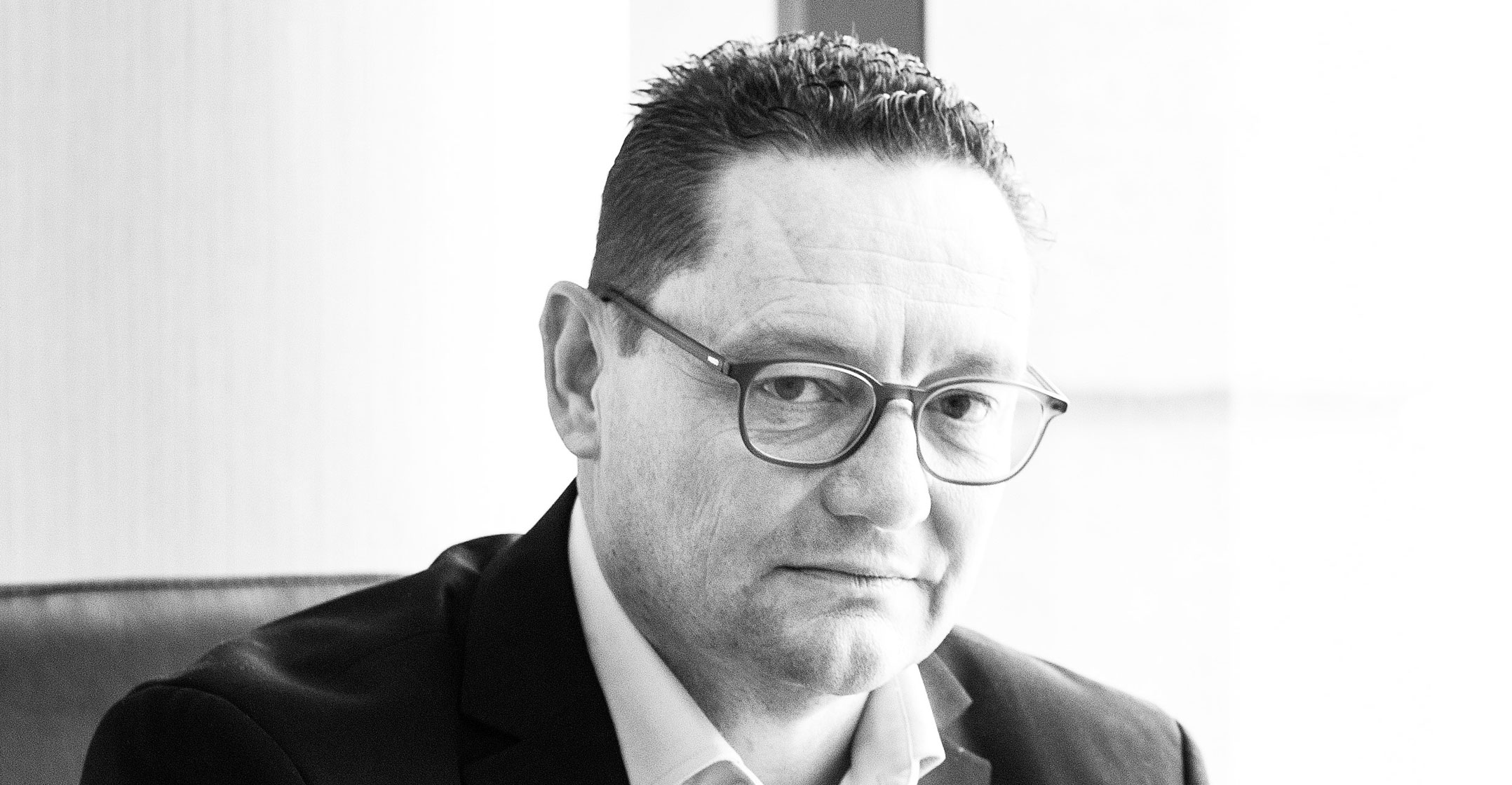
Cell C CEO Douglas Craigie Stevenson has criticised Telkom over its narrative that there is an abusive “duopoly” between Vodacom and MTN in South Africa’s mobile market, saying this argument no longer holds water.
In an e-mail to TechCentral in response to a recent column by the publication’s editor, Duncan McLeod, which was critical of Telkom’s narrative about a “duopoly”, and a spirited response to the piece by Telkom executive for competition regulation and group pricing Liza Zouabi, Craigie Stevenson said: “The traditional mobile network operator market in the last 20 years is no longer the market of today. The narrative of a duopoly that dominates the market to the detriment of other operators has passed its sell-by date.”
Competition in South Africa’s mobile market – which is now “defined by a clear segmentation between infrastructure providers and infrastructure service buyers” – is “alive and well”, he said.
“Cell C’s level of competitiveness is thriving in the new market and the company has welcomed collaboration with roaming partners. Cell C sees partnerships as a necessary way of doing business … that demands new thinking and new business models,” Craigie Stevenson added.
South Africa’s third mobile operator – which recently slipped behind Telkom in terms of subscriber numbers to become the country’s fourth largest mobile operator – has decided it no longer makes sense to compete with MTN and Vodacom in building a radio access network and now roams on both rivals’ networks to provide services to its clients. Among the four biggest players (leaving out the likes of Liquid Intelligent Technologies and Rain), that leaves Vodacom, MTN and Telkom as the principal infrastructure providers in South Africa’s mobile sector.
‘Asset-light network’
“Cell C is deploying an asset-light network infrastructure,” Craigie Stevenson said. “Projected capital expenditure will decrease from R3-billion annually to less than R1-billion.”
He said that although Cell C’s roaming costs will increase, these will be offset by the savings in network capex, related lease payments and reduced network maintenance costs.
“On the income statement, after Ebitda – earnings before interest, tax, depreciation and amortisation – there will be very little depreciation as most of Cell C’s network assets have been impaired and roaming agreements with MTN and Vodacom are not capitalised and depreciated. Simply put, Cell C will have a good-quality network with less costs and the return on investment will be good.”
 Under its old business model, it would have taken more than 18 years for Cell C to catch up to Vodacom and MTN in terms of site infrastructure roll-out, Craigie Stevenson said.
Under its old business model, it would have taken more than 18 years for Cell C to catch up to Vodacom and MTN in terms of site infrastructure roll-out, Craigie Stevenson said.
“The investment required in 5G under the old business model would have been prohibitive for Cell C, whereas the new business model allows it to provide such services to its consumers, too.
“Cell C is not building a five-lane highway (like the big infrastructure players), using two of the lanes and then trying to recover the entire running cost and investment from consumers. Rather, it is leveraging from the scale of the two big infrastructure players, using lanes on their physical highways. This allows Cell C to provide like-for-like network coverage to customers in a matter of months, compared to trying to build its own highway, which would take years or even decades.”
Read: Telkom is wrong – there is no market failure in mobile
Despite no longer building its own network infrastructure, Cell C will continue to own radio frequency spectrum, Craigie Stevenson said. Indeed, it even plans to participate in the upcoming spectrum auction.
Read: McLeod is wrong about Telkom
“Spectrum remains a critical resource and Cell C, as a mobile operator, plans to compete in the ITA (Icasa’s invitation to apply to participate in the auction). Through a virtual radio network hosted by infrastructure partner MTN, Cell C still makes use of its own spectrum to provide services to its consumers,” he said. — (c) 2021 NewsCentral Media




